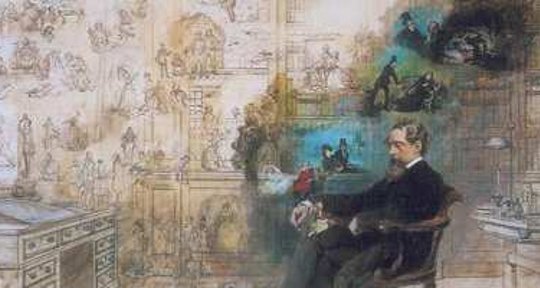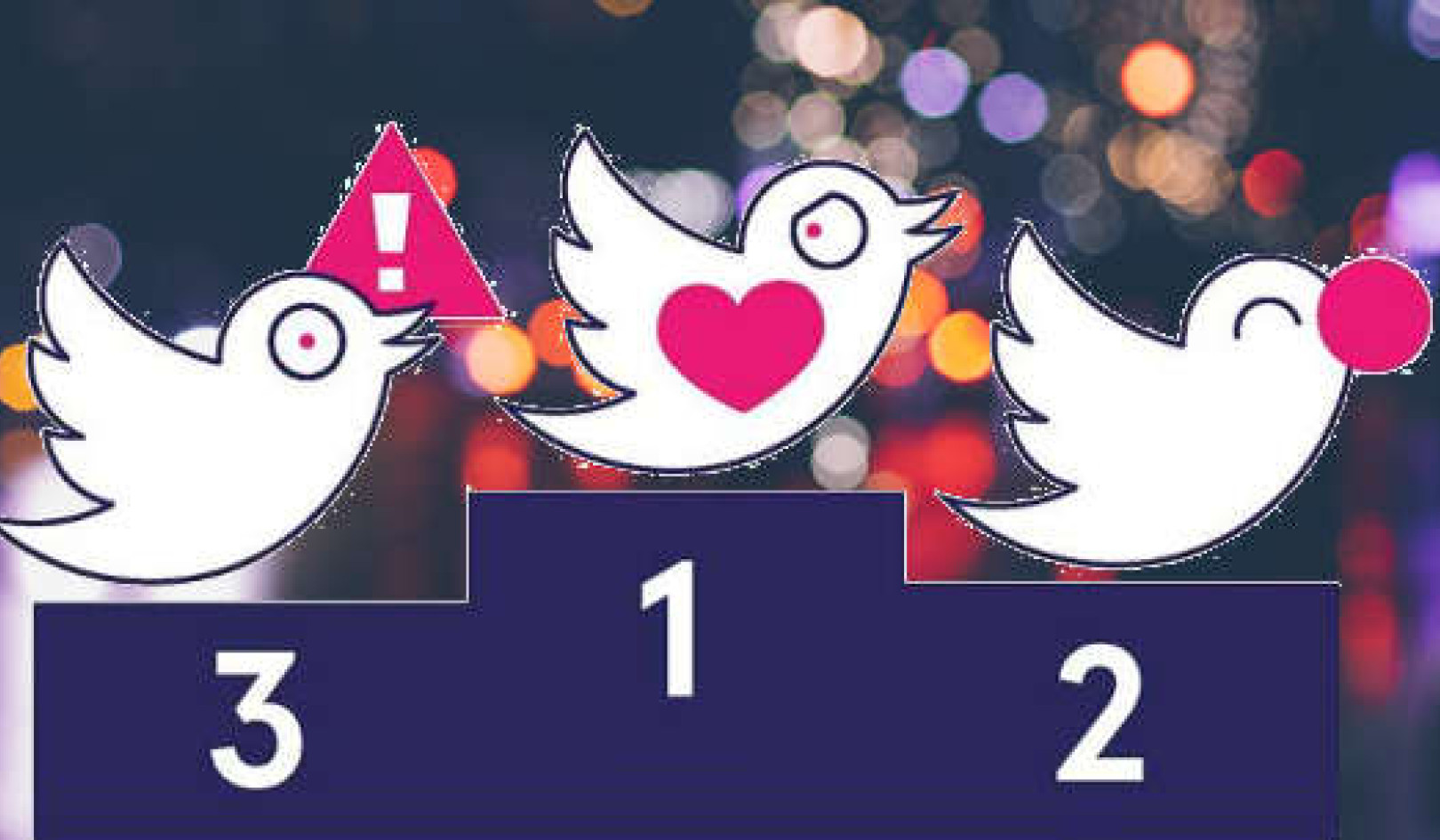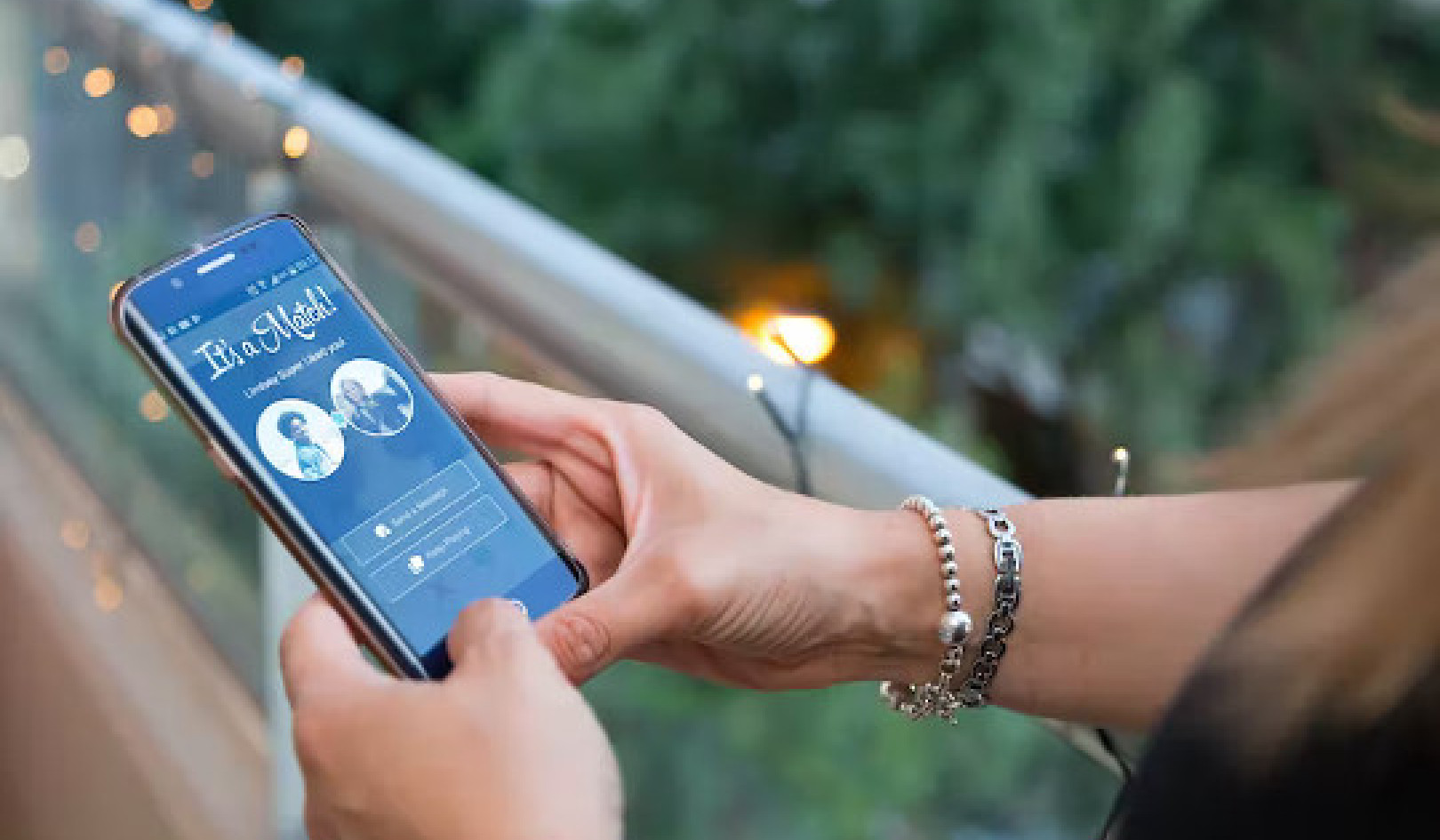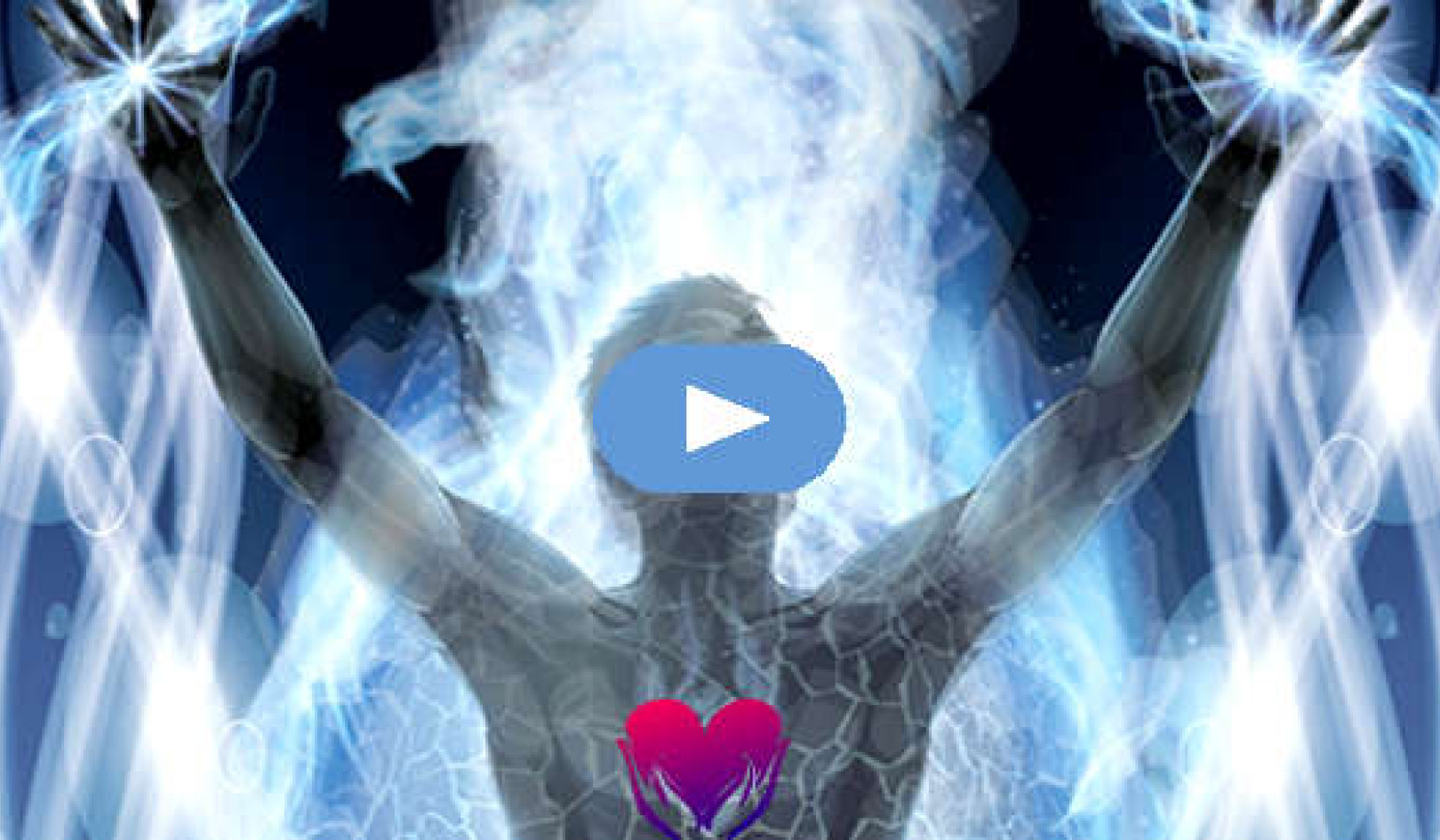
“You don’t need to leave your room.
Remain sitting at your table and listen.
Don’t even listen, simply wait.
Don’t even wait.
Be quite still and solitary.
The world will freely offer itself up to you.
To be unmasked, it has no choice.
It will roll in ecstasy at your feet.”
—Franz Kafka
Our bodies, like our world, reflect our internal dynamics. If we have chaos within our consciousness, we have chaos within our bodies. We must clear out the fear and the junk we’ve carried around for years and learn again what it is to simply be. Get unfettered. Get guileless. Isn’t that what our bodies are always telling us? We have forgotten how to listen to them. We don’t realize that all of our emotional junk gets stored within them.
We create our bodies every day with our thoughts and our beliefs. We treat a body like a machine: give it this, then do that, and everything will be fine. Unfortunately, some of the most devoted health nuts I know have some of the most persistent health problems.
So, there is something else going on. A body is like a child. We mold it with our perceptions, our misconceptions, our anger, fear, and grief. We also heal it with our joy, love, and gratitude. You know the expression, “Do as I say, not as I do?” Your body does what you do. Just like everything else in the physical world, your body reflects back to you what you are thinking and feeling.
My Thoughts Were Characterized by Fear and Anger
For a long time, my thoughts about my body were characterized by fear and anger. Through the years, I’ve tried to develop enough trust to transmute this fear into inspired action. Then again, I don’t want to act to avoid suffering. I want to act to create joy and health. I want to relax into the knowing that I am safe and all is well.
But how can you let go and be joyful when you have no trust in a positive outcome? I recently found a journal entry I wrote a few months ago. I was lamenting my condition and feeling frustrated that I was not fully healed yet:
My happiness depends on the state of my back right now, but my back isn’t going to change overnight; whereas, my happiness can change in an instant. Then again, I feel afraid of happiness because it feels like irresponsibility: I’ll be so happy that I’ll forget all about my back and then it will get really bad. I have held onto the belief that my worry is what keeps me on the healing path. If I worry about it, I focus on it, and that means I work to improve it.
Can I be happy and work on improving it? Somehow this question makes me feel empty. Like working on it in happiness is a waste of time.
Even more than that, it seems to me that I believe it only makes sense to try and heal my back if I’m miserable about it. If I’m not miserable what needs to change? Isn’t all action about avoiding misery? So, does this mean I should just stay miserable until I’m healed?
Is avoiding worry and misery really my only motivator? Can I live safely without all of this suffering?
Negative Motivators Lead to a Life of "Avoiding Misery"
As I read these words, I wondered, are these negative motivators only affecting my search for healing? How much of my daily activity is about “avoiding misery” rather than creating joy? If I used misery to motivate my healing work, I must be using it to create other areas of my life too.
I suspected that even in moments when I felt I was acting from joy, these actions were also intended to distract me from anxiety, fear, and worry. A habit is a habit, and this seemed like an overarching pattern in my life. If that was true, I was determined to recognize it. After all, if I believed that everything in life is connected, then I had to admit that compulsively avoiding suffering on one level was limiting my progress on other levels. Wasn’t it my goal to transcend these limitations and attain true and total healing?
For days after reading this, I observed my motivations. I pondered the notion of stillness. I sat on the couch and refused to move until I felt that the impulse was not coming from a need to distract myself. I sat through anxiety. I sat through stress that things weren’t getting done.
I sat through Brecht’s wary glances as he went about his daily chores. Laundry was piling up. The house was getting very dirty, and I was getting very bored. I felt totally apathetic and completely at a loss. What was I waiting for? What part of me was I trying to contact? Then I remembered a seminar I attended years ago.
Allowing Negative Emotions Their Space
The teacher gave us a technique to reach our divine center. You had to sit quietly and allow these negative emotions to well up within you. As each emotion reached its peak you imagined yourself falling through it to the next layer. Then you allowed this emotion to grow in intensity until it was almost unbearable, and again, you were told to fall into the next layer.
I did this obediently through several layers and then I reached a place of total chaos. I couldn’t focus on anything long enough to describe it. I couldn’t relax enough to “fall through” like they wanted me to. It was just like being on a rollercoaster: up, down, up, down. I didn’t think I could make it, but sometimes grace takes over and against all odds, we find the courage to trust. Eventually, somehow, I fell through that chaos and unfolded into a powerful and potent darkness. It was a vibrant universe, an ever-expanding source of energy and potential, an unfathomable and joyful dance, and it was me!
Thinking back on that moment of revelation, I decided that I wanted my choices to be motivated by this part of me, not the fearful and timid part that was always looking for the safest, most secure solution. I wanted to experience this endless joy on a daily basis.
Bursting with Powerful Potential & Unremitting Joy
We human beings are bursting with powerful potential. We are filled with an unremitting joy. Unfortunately, we’ve mostly lost touch with this part of ourselves, and achieving joy is now synonymous with the bland and deadening notion of avoiding suffering. If we sit still for too long, we experience the judgments, fears, and worries that I experienced both at the seminar years ago and in my house during those three days of inactivity. The most common solution to deal with these feelings is to go, go, go.
Distraction has become a way of life, and over the years we have created grander and grander methods of distraction. Yet, there doesn’t seem to be a correlation between our level of distraction and our ability to maintain a peaceful and joyful existence.
In the name of being happy, we have become a society of doers. We have even turned the state of “being” into a process by endlessly creating and recreating our self-image. Who are you? You can communicate that to everyone through fashion, music, Facebook, Twitter, Pinterest, and probably some others I haven’t heard of yet. Even the quest for relaxation is a form of doing. People play golf or get a massage or watch TV or read a book.
All of this doing leads to very little being. Our minds never receive the training required to bring peace to our lives so that we can simply be. So, when we are not distracted with our daily occupations, our minds are left fumbling, not knowing what to do. Anyway, I know mine is.
Fleeing from Stillness through Distractions?
The point is that if we don’t train ourselves to enjoy stillness, we begin creating situations just to avoid the quiet, to distract ourselves from the quiet. Maybe we’re workaholics or shopaholics or alcoholics or runners or cyclists or drama queens. Have you ever seen these people who always have something dramatic occurring? They are totally focused outward, never finding the time to be still and go within. Maybe we constantly have music playing or the TV on “just for some background noise.”
It really doesn’t matter what the distraction is. The point is that precious few of us have frequent moments of total stillness. And this is a shame, because stillness is essential not only to a pleasant existence; it is essential to healing. Healing is always a return to your divine nature, to your true self.
Eckhart Tolle tells us: “Your innermost sense of self, of who you are, is inseparable from stillness. This is the I Am that is deeper than name and form.” How can we reach this powerful stillness within? We must pass through the fear, the worries, and the judgments to arrive there. We must face ourselves in the quiet moments, recognize the signs of imbalance, and start digging.
Always Something to Worry About?
I used to believe that there was always something to worry about because every time I sat quietly with nothing to do, I worried. I grew anxious or judgmental, and all of my fears started showing themselves. Then it occurred to me: maybe this fear is what I’m avoiding when I’m running around “getting things done” or “enjoying my free time.” Maybe these little nagging thoughts are unfinished business. Maybe I can learn something valuable about myself if I just begin to observe this pattern, instead of getting bogged down in the actual emotion.
Worrying doesn’t help anyway, and it certainly doesn’t feel good. And no one ever said it was necessary, and even if they did, who’s to say they were right?
Being Joyfully & Trustingly Unoccupied
I am convinced that if you trained yourself to be joyfully unoccupied, you might find that what you chose to occupy yourself with later would be very different because it wouldn’t be driven by a compulsion to avoid stress and worry. Right now, every day is a race to stay just ahead of the scary emotions.
We tell ourselves that we stay so active because otherwise life would be boring or unproductive. But most of our activities only bring us further from ourselves. Instead of distracting myself all of the time, I want to fuel my actions from the wisdom within me. I want to live my life with a deep sense of trust, knowing that everything is as it should be. I want to know that at every moment, with every action I am creating a joyful, healthy, and prosperous existence.
I want the “do, do, do” part of me to be fueled by the stillness, the “I AM” that lives at the center of me. The only way I have found to do this is to lessen the amount of distraction in my life and to become inquisitive about my thoughts and choices. That way, when my “self” bubbles up from the depths, I will be present enough to listen.
Like I said: healing is revealing.
* Subtitles by InnerSelf.
©2014 by Sara Chetkin. All Rights Reserved.
Reprinted with permission. Publisher: Rainbow Ridge Books.
Article Source:
The Healing Curve: A Catalyst to Consciousness
by Sara Chetkin.
Click here for more info and/or to order this book on Amazon.
About the Author
 Sara Chetkin was born in Key West, Fl in 1979. When she was 15 she was diagnosed with severe scoliosis, and spent much of the next 15 years traveling around the world seeking healing and spiritual insight. These travels and explorations are the basis for her first book, The Healing Curve. Sara graduated from Skidmore College in 2001 with a Bachelor of Arts in Anthropology. In 2007 she earned a Master of Science in Acupuncture and Oriental Medicine from the New England School of Acupuncture. She is a Rohun therapist and an ordained minister with the Church of Wisdom, Delphi University. Visit her at thehealingcurvebook.com/
Sara Chetkin was born in Key West, Fl in 1979. When she was 15 she was diagnosed with severe scoliosis, and spent much of the next 15 years traveling around the world seeking healing and spiritual insight. These travels and explorations are the basis for her first book, The Healing Curve. Sara graduated from Skidmore College in 2001 with a Bachelor of Arts in Anthropology. In 2007 she earned a Master of Science in Acupuncture and Oriental Medicine from the New England School of Acupuncture. She is a Rohun therapist and an ordained minister with the Church of Wisdom, Delphi University. Visit her at thehealingcurvebook.com/
Watch a video/interview with Sara: Journey Along the Healing Curve





























